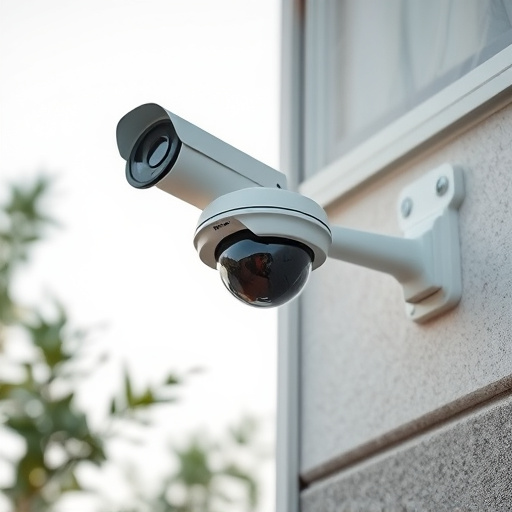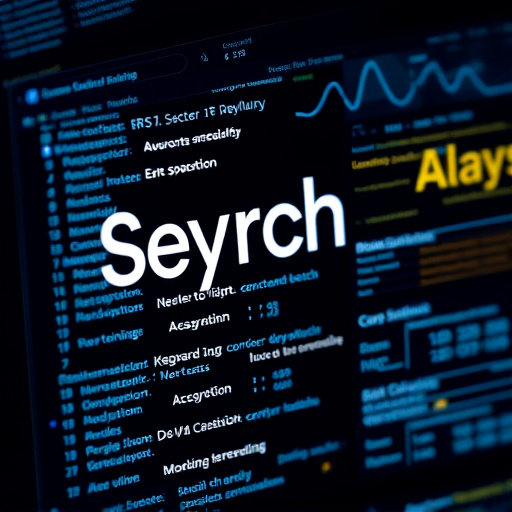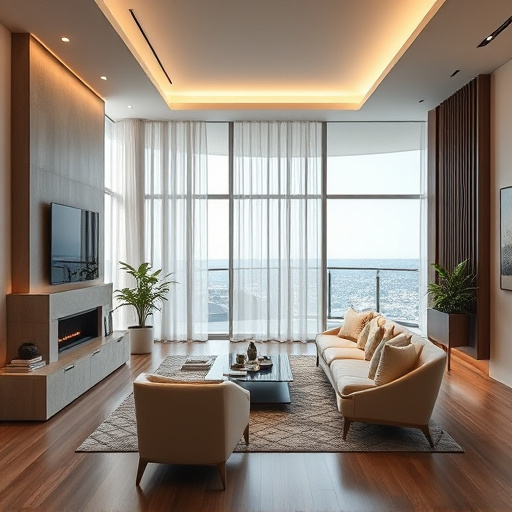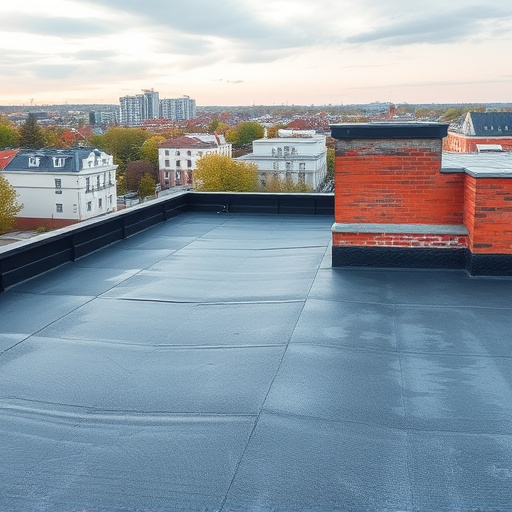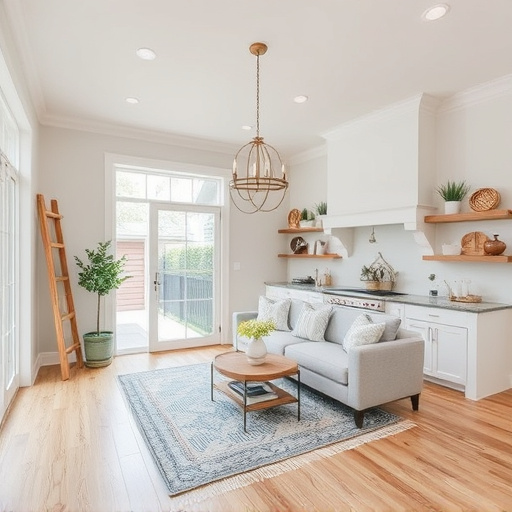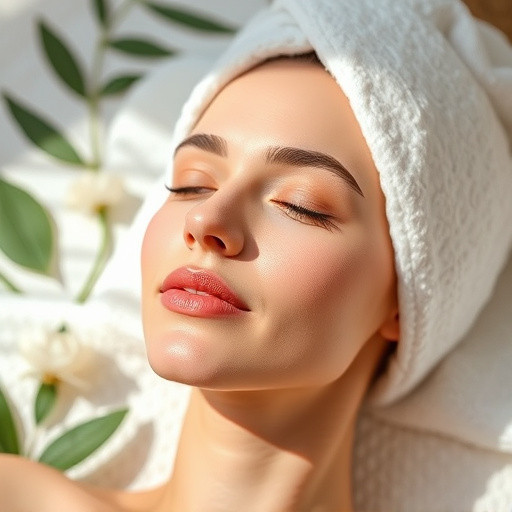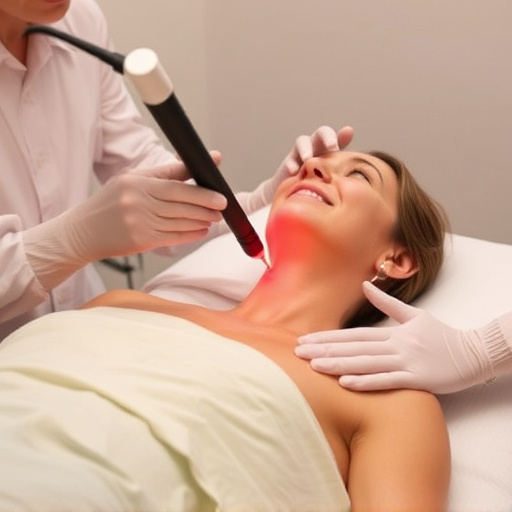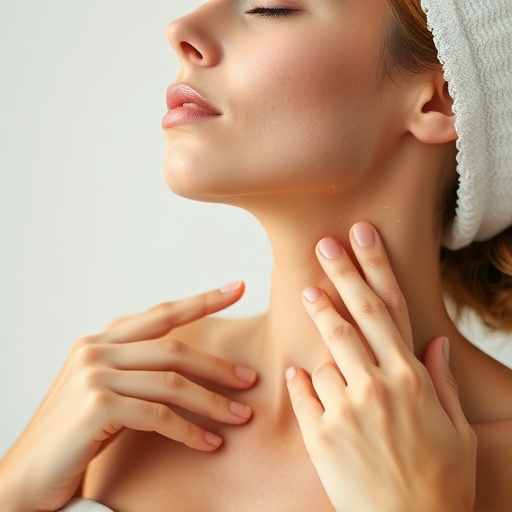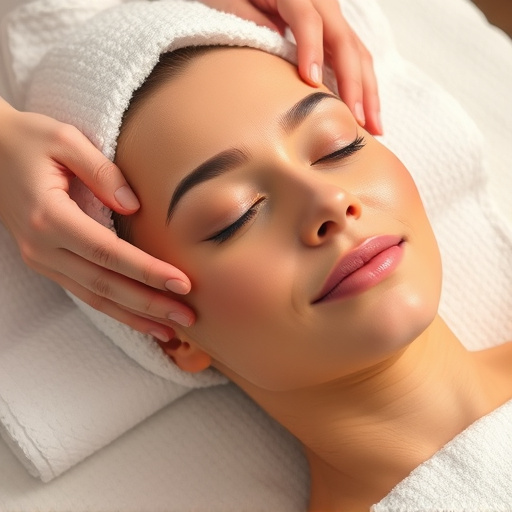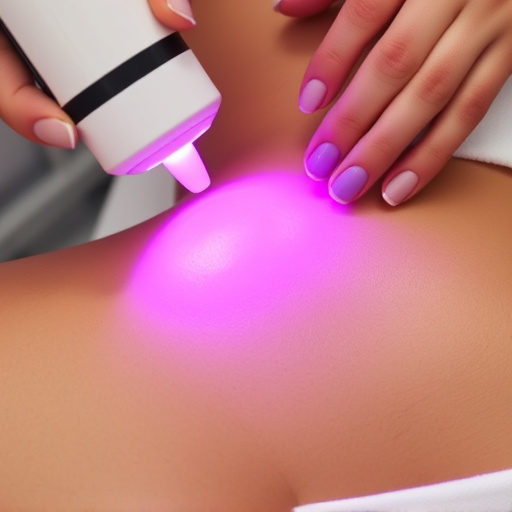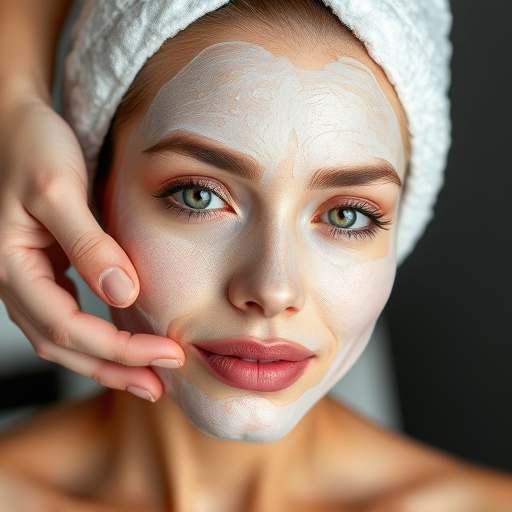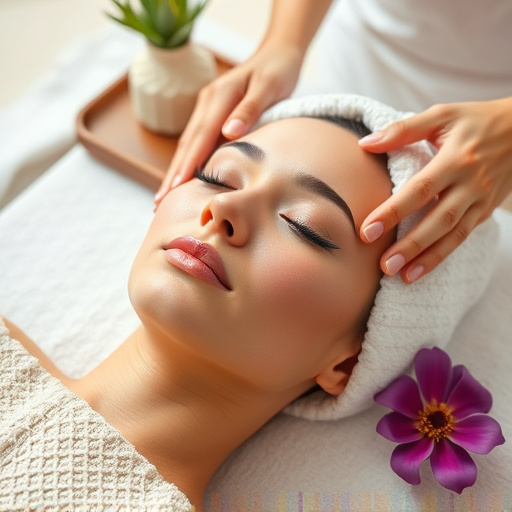Adult acne therapy involves understanding multifaceted causes like hormonal imbalances, stress, diet, and environmental factors, along with comorbidities like PCOS. Personalized approaches include skincare routines, targeted topicals, microneedling, keeping a skin diary, and monitoring progress visually and texturally. Treatment plans adjust medications, promote lifestyle changes, and consider severe cases with chemical peels and aesthetic treatments. Stress management through yoga, meditation, or exercise is crucial.
Adult acne is a common yet frustrating condition, but effective treatment is available. Tracking progress during therapy is key to achieving clear skin. This article guides you through understanding the causes and triggers of adult acne, monitoring visual and textural changes, and adjusting your treatment plan with medication and lifestyle modifications. By following these steps, you can stay motivated and achieve significant improvements in your adult acne therapy journey.
- Understanding Adult Acne: Causes and Triggers
- Monitoring Progress: Visual and Textural Changes
- Adjusting Treatment: Medication and Lifestyle Modifications
Understanding Adult Acne: Causes and Triggers
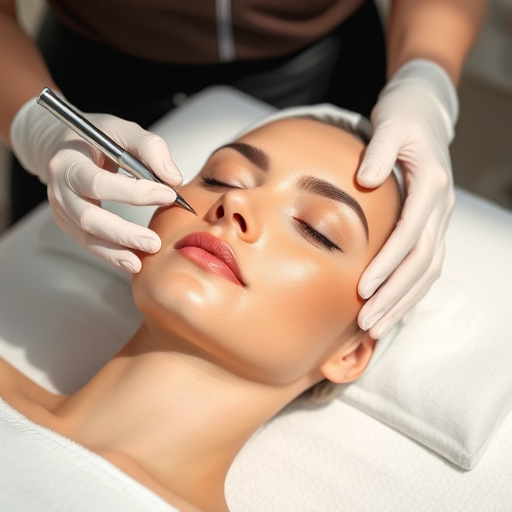
Adult acne, contrary to popular belief, is not solely a teenage dilemma. It’s a prevalent condition that can persist well into adulthood, affecting individuals in their 20s, 30s, and beyond. Understanding its causes and triggers is the first step towards effective adult acne therapy. Hormonal fluctuations, stress, diet, and even certain medications can contribute to the development of acne lesions. For instance, insulin resistance and high androgen levels are often linked to adult acne, making conditions like polycystic ovary syndrome (PCOS) a common co-morbidity.
Environmental factors also play a significant role, with triggers ranging from makeup and skincare products to clothing materials and even occupational exposures. As such, identifying personal triggers is crucial for successful adult acne therapy. Techniques like keeping a skin diary can help in this regard, allowing individuals to track their activities, product usage, and breakout patterns. This information will guide tailored approaches, which may include incorporating gentle, non-irritating skincare routines, exploring topicals with specific active ingredients, or considering advanced aesthetic treatments like microneedling therapy for improved skin texture and overall appearance.
Monitoring Progress: Visual and Textural Changes
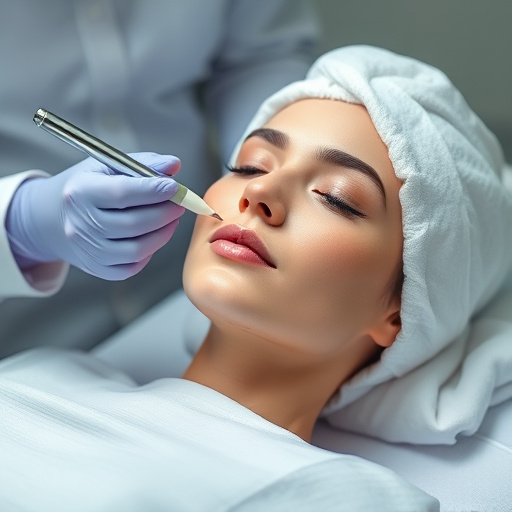
Monitoring progress is a vital aspect of adult acne therapy. One of the most immediate ways to assess improvement is through visual inspection. As your skin journey progresses, pay attention to changes in the appearance of your complexion. Clearer, healthier-looking skin with reduced redness and inflammation is a positive sign that your chosen treatment plan is working. Acne scars, whether atrophic or hyperpigmented, may also start to fade over time, revealing smoother and more even skin texture.
Beyond visual observations, consider the textural changes in your skin. Touching and feeling your face can provide valuable insights into its condition. During and after adult acne therapy, your skin might feel softer, smoother, and less prone to roughness or dryness. These tactile differences indicate that your skincare routine is effectively addressing previous acne outbreaks and promoting overall skin health, often enhanced through professional skincare treatments like customized facials and medical spa services.
Adjusting Treatment: Medication and Lifestyle Modifications
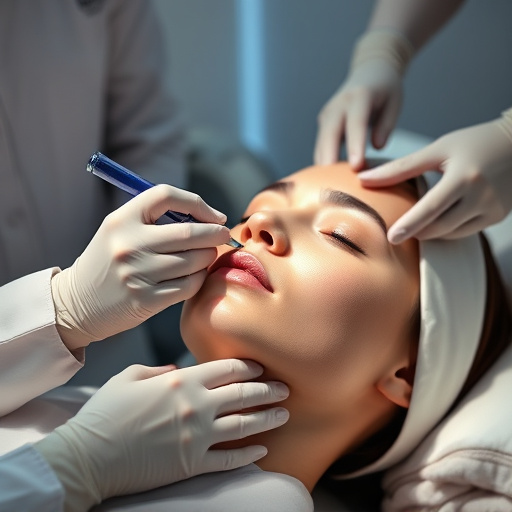
Adjusting your treatment plan is a crucial aspect of successful adult acne therapy. Depending on the severity and nature of your acne, medications may be prescribed to help reduce inflammation, kill bacteria, or regulate oil production. Common options include topical retinoids, antibiotics, benzoyl peroxide, or isotretinoin. Alongside these medical interventions, lifestyle modifications play a significant role in managing acne. This might involve adjusting your diet, incorporating more water and less processed foods into your routine, and practicing good skin care hygiene.
While chemical peels and aesthetic treatments are not typically the first line of defense against adult acne, they can be considered for severe or persistent cases. These procedures help exfoliate the skin, remove dead skin cells, and stimulate collagen production, which can contribute to improved skin texture and appearance. Additionally, focusing on stress management through techniques like yoga, meditation, or exercise may also benefit your skin as chronic stress is often linked to acne flare-ups.
Tracking progress during adult acne therapy is crucial for effective treatment. By regularly monitoring visual and textural changes, you can adjust your medication and lifestyle modifications accordingly. Understanding the causes and triggers of adult acne empowers individuals to make informed decisions, ensuring their skin care journey is a successful one. With consistent evaluation and tailored adjustments, it’s possible to achieve clear, healthy skin and enhance overall well-being through proper adult acne therapy.
